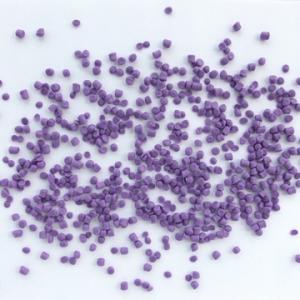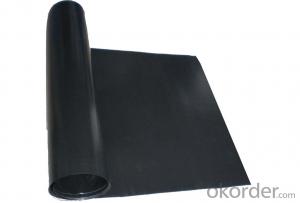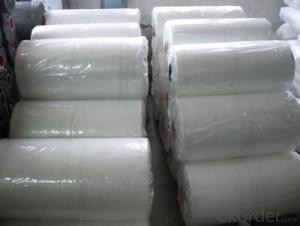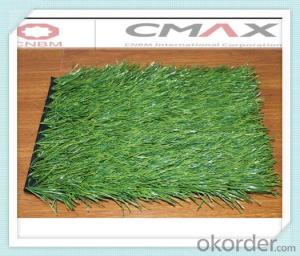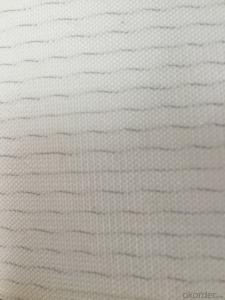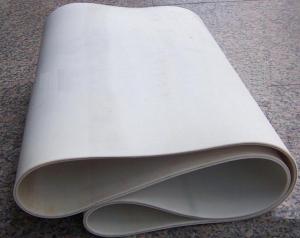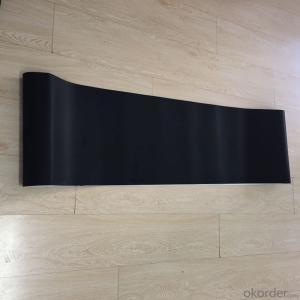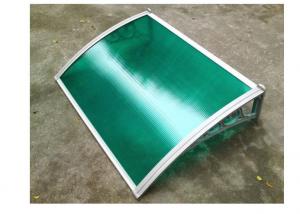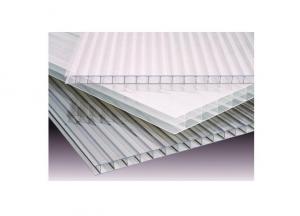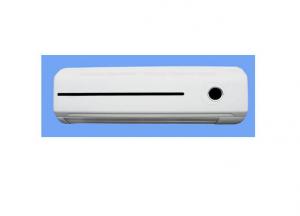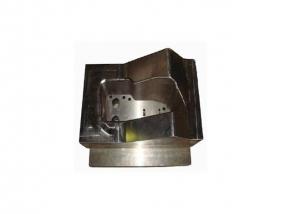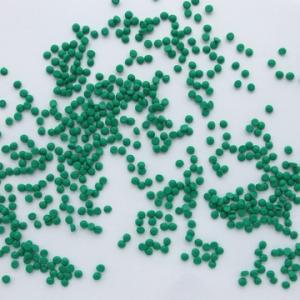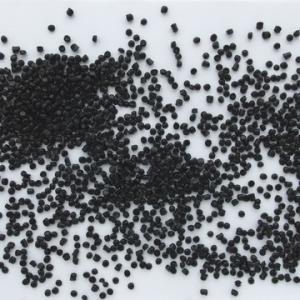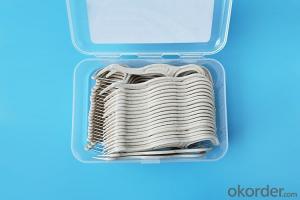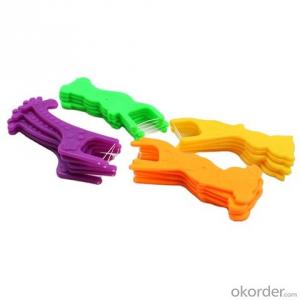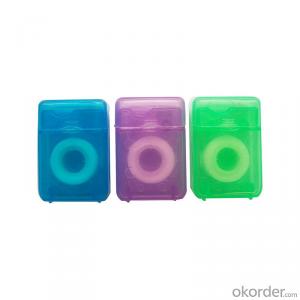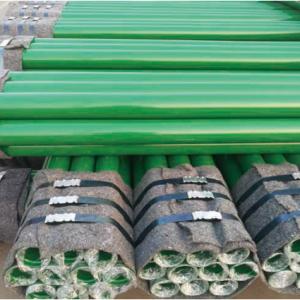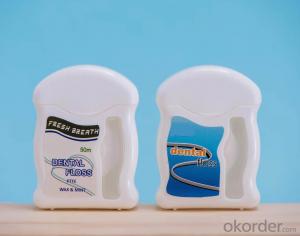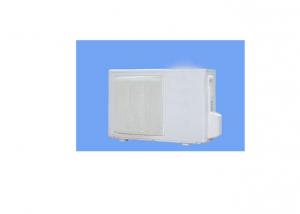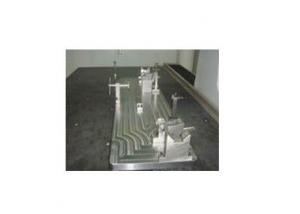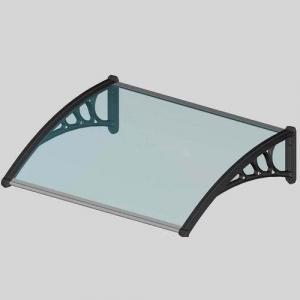PVC jacket compound for CATV coaxial lines
- Loading Port:
- Shanghai
- Payment Terms:
- TT OR LC
- Min Order Qty:
- -
- Supply Capability:
- 3000 Tons kg/month
OKorder Service Pledge
OKorder Financial Service
You Might Also Like
PVC jacket compound for CATV coaxial lines
I. Type andapplication
Type | Product | Application and Cable Specification |
5623N-40 | UL60℃ Flame retardant low temp. resistant PVC jacket compound | UL60℃ Flame retardant low temp. resistant PVC jacket compound for CATV coaxial lines. CM-class flame retardant |
5823N-40 | UL80℃ Flame retardant low temp. resistant PVC jacket compound | UL80℃ Flame retardant low temp. resistant PVC jacket compound for CATV coaxial lines. CM-class flame retardant |
II. Productdescription
PVC jacket compound for CATV coaxial lines,based on PVC resin, is made into granula by mixing, plastification andgranulation with adding plasticizer, stabilizing agent, modifying agent,pigment and etc. The products meet various special requirements, such asdifferent hardness, UV stable, environment friend (RoHs, REACH, PAHs,chlorinated alkanes free, phthalatefree, and etc.), sub-shine and fog surface, low temperature resistant, PS/ABStransfer proof, rodent-repellent, termite-repellent, and transparent, and etc.
III. Processing
It is recommended that compound should beprocessed with common extruder having a minimum L/D ratio of 20.
The following temperature(℃) profile of extruder is recommended:
Zone | Zone 1 | Zone 2 | Zone 3 | Zone 4 | Head | Die |
Temperature ℃ | 140 | 150 | 160 | 165 | 165 | 160 |
IV. Storageand transport
Packaging:25kg/bag, PEmembrane inside bag and Kraft outside bag.
Storage and transport: Avoiding in directsunlight and weathering. The storage place should be in clean, cool, dry, andventilated conditions.
V. Properties
Table
Item | Unit | Standard Value | |
5623N-40 | 5823N-40 | ||
Tensile Strength | ≥ MPa | 13.1 | 13.8 |
Elongation at Break | ≥ % | 270 | 200 |
Impact Brittleness Temperature | ℃ | -40 | -40 |
Volume Resistivity, at 20℃ | ≥Ω﹒m | 3.7×109 | 1.0×109 |
Dielectric Strength | ≥ MV/m | 18 | 18 |
Thermal Stability Time at 200℃ | ≥ min | - | - |
Hot Deformation | ≤ % | - | - |
Oxygen Index | ≥ % | 30 | 30 |
Thermal Aging |
|
|
|
Aging Temperature | ℃ | 100±1 | 100±1 |
Aging Time | h | 168 | 240 |
Retention on Tensile Strength | ≥ % | 70 | 70 |
Retention on Elongation at Break | ≥ % | 70 | 70 |
- Q:Can olive nets be used in regions with sandy or rocky soils?
- Yes, olive nets can be used in regions with sandy or rocky soils. These nets are designed to be versatile and can be set up in various terrains, including sandy or rocky areas. They are commonly used to collect olives during harvest season, regardless of the soil type.
- Q:How do olive nets prevent fruit spoilage during storage?
- Olive nets prevent fruit spoilage during storage by providing a physical barrier that prevents external factors such as sunlight, insects, and birds from coming into contact with the olives. This protects the fruits from damage, contamination, and decay, ensuring their quality and freshness for a longer period of time.
- Q:Do olive nets affect the growth of olive trees?
- Yes, olive nets can affect the growth of olive trees. Olive nets are used to protect the olives from birds and other animals, but they can also impact the tree's growth by limiting sunlight, air circulation, and reducing pollination opportunities. Additionally, the weight of the nets can cause branches to bend or break, affecting the tree's structure. Proper management and careful use of olive nets are important to minimize any negative impact on the growth of olive trees.
- Q:How does an olive net affect the yield of the olive trees?
- An olive net can significantly affect the yield of olive trees by preventing the loss of olives due to wind, birds, or other external factors. The netting acts as a protective barrier, reducing the risk of damage or loss to the olives during the growing season. This ultimately helps to increase the yield by ensuring a higher percentage of olives are harvested successfully.
- Q:What does PPE mean in plastic products?. Polypropylene or polyethylene, for example, or something else?
- Poly (phenylene oxide) (PPE) is a kind of high performance thermoplastic engineering plastics. It has excellent electrical and thermal resistance. In order to adapt to some special occasions, such as copper clad laminate industry, South Africa should be modified as thermosetting material.
- Q:Types and uses of agricultural plastic products
- According to the division of agricultural plastic application areas are mainly agricultural covering materials; agricultural water supply pipeline and water saving equipment; plastic packaging materials and agricultural planting, breeding, storage with various materials. Agricultural film is the most important component of China's plastics industry, and it is an important means of production in the development of modern agriculture
- Q:Can olive nets be used in olive groves with limited access to markets?
- Yes, olive nets can be used in olive groves with limited access to markets. Olive nets are commonly used in olive cultivation to collect the olives when they are ready for harvesting. Regardless of the availability of markets, using olive nets can help ensure a successful and efficient harvest. The collected olives can be stored or processed later, allowing olive growers to make the most of their harvest even in areas with limited market access.
- Q:Can olive nets be used on olive trees grown in drought-prone areas?
- Yes, olive nets can be used on olive trees grown in drought-prone areas. Olive nets are designed to protect the olives from birds and other pests, but they can also provide some shade and reduce water evaporation from the soil, thus helping to conserve water in drought-prone conditions. Additionally, the nets can help to regulate temperature and humidity around the trees, which can benefit their overall health and productivity.
- Q:Are there any maintenance tips for olive nets during the off-season?
- Yes, there are a few maintenance tips for olive nets during the off-season. Firstly, make sure to clean the nets thoroughly before storing them to remove any dirt, debris, or olive residue. This will prevent the growth of mold or mildew. Additionally, check for any damages or tears in the nets and repair them if necessary to ensure they are in good condition for the next harvest season. Properly store the nets in a dry and well-ventilated area to prevent any moisture buildup.
- Q:Are there any regulations regarding the use of olive nets?
- Yes, there are regulations regarding the use of olive nets. The specific regulations may vary depending on the country or region, but generally, olive nets must comply with certain standards to ensure sustainable and proper harvesting practices. These regulations typically address the size and type of nets allowed, methods of installation, and the duration of their use. It is advisable to consult local agricultural authorities or olive industry organizations to obtain the most up-to-date and region-specific information on regulations regarding olive net usage.
1. Manufacturer Overview |
|
|---|---|
| Location | |
| Year Established | |
| Annual Output Value | |
| Main Markets | |
| Company Certifications | |
2. Manufacturer Certificates |
|
|---|---|
| a) Certification Name | |
| Range | |
| Reference | |
| Validity Period | |
3. Manufacturer Capability |
|
|---|---|
| a)Trade Capacity | |
| Nearest Port | |
| Export Percentage | |
| No.of Employees in Trade Department | |
| Language Spoken: | |
| b)Factory Information | |
| Factory Size: | |
| No. of Production Lines | |
| Contract Manufacturing | |
| Product Price Range | |
Send your message to us
PVC jacket compound for CATV coaxial lines
- Loading Port:
- Shanghai
- Payment Terms:
- TT OR LC
- Min Order Qty:
- -
- Supply Capability:
- 3000 Tons kg/month
OKorder Service Pledge
OKorder Financial Service
Similar products
New products
Hot products
Related keywords
